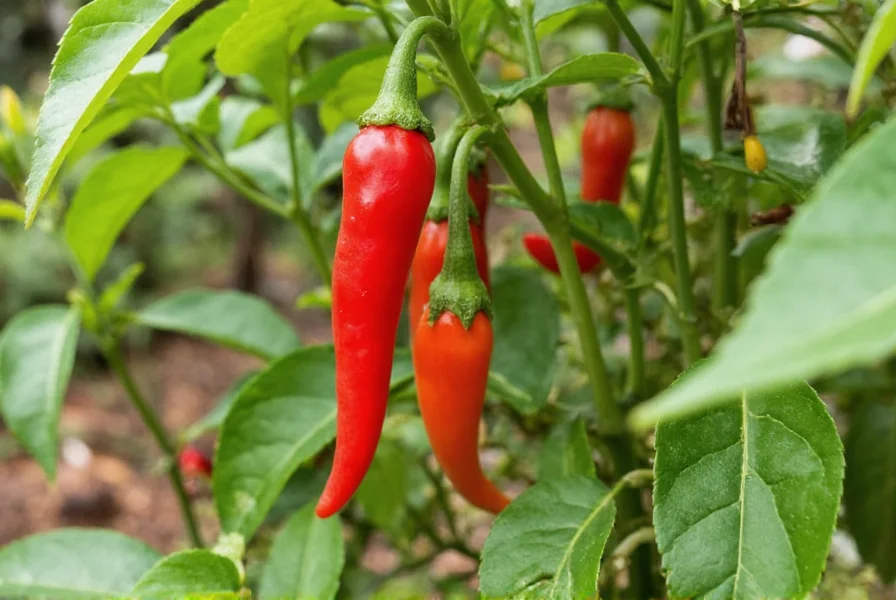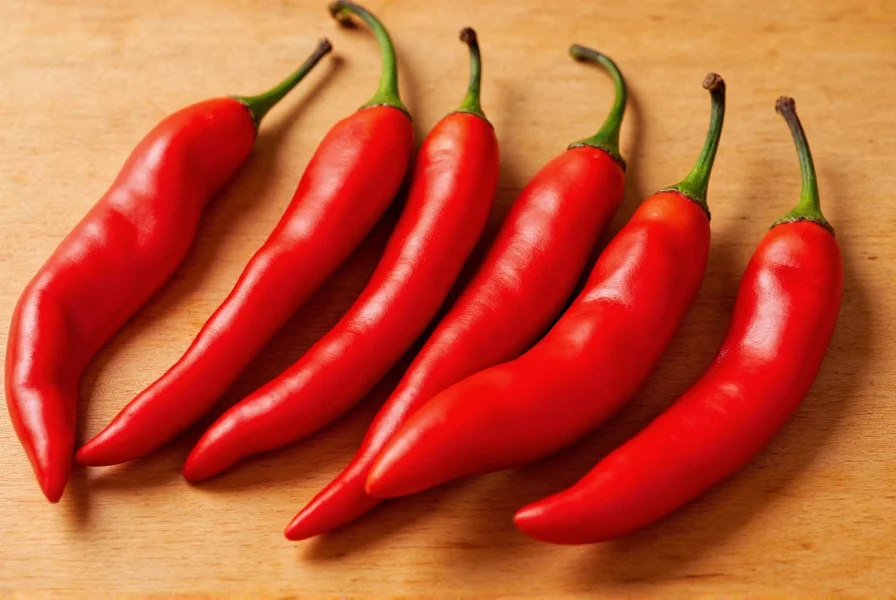Jimmy Pepper isn't a recognized pepper variety in horticulture or culinary science. The term likely stems from confusion with Jimmy Nardello's pepper, a specific heirloom sweet pepper cultivar, or represents a misspelling of jalapeño pepper. This definitive guide clarifies the confusion and provides accurate information about similar pepper varieties that might be referenced as 'Jimmy Pepper'.
When searching for "jimmy pepper," many home gardeners and cooking enthusiasts encounter confusion. Unlike established varieties like jalapeño, habanero, or bell peppers, no officially recognized pepper species carries the "Jimmy Pepper" name in agricultural databases or seed catalogs. This article explores the likely origins of this term and identifies the actual pepper varieties people might be seeking.
Understanding the Jimmy Pepper Confusion
The most probable explanation for "jimmy pepper" searches relates to Jimmy Nardello's pepper, a well-documented heirloom variety. This sweet frying pepper originated from퀵 Nardello, an Italian immigrant who brought the seeds to Connecticut in the late 1800s. Unlike spicy peppers, Jimmy Nardello's pepper measures just 0-500 Scoville Heat Units (SHU), making it exceptionally mild.

Jimmy Nardello's Pepper: The Likely Source
Jimmy Nardello's pepper (Capsicum annuum) features distinctive characteristics that distinguish it from other varieties:
| Characteristic | Description |
|---|---|
| Shape and Size | Long, tapered peppers reaching 6-9 inches in length |
| Color Progression | Starts green, matures to vibrant red |
| Heat Level | 0-500 SHU (comparable to bell peppers) |
| Flavor Profile | Sweet with subtle earthy notes, excellent for roasting |
| Common Uses | Frying, roasting, stuffing, sauces, and drying |
Differentiating From Similar Pepper Varieties
Several pepper varieties often get confused with the misnamed "jimmy pepper." Understanding these distinctions helps clarify gardening and culinary choices:
- Jalapeño peppers (3,500-8,000 SHU) - Frequently misspelled as "jimmy pepper" due to similar pronunciation
- Cubanelle peppers - Another sweet frying pepper sometimes confused with Jimmy Nardello's
- Italian frying peppers - General category that includes Jimmy Nardello's among other varieties
- Serrano peppers (10,000-23,000 SHU) - Sometimes misidentified when users expect more heat
Cultivation Requirements for Jimmy Nardello's Pepper
Gardeners interested in growing what's often called "jimmy pepper" should follow these cultivation guidelines for Jimmy Nardello's variety:
This heirloom pepper thrives in warm climates with full sun exposure. Start seeds indoors 8-10 weeks before the last frost date, maintaining soil temperatures between 70-85°F (21-29°C) for optimal germination. The plants typically reach 24-36 inches in height and produce abundant yields of long, tapered peppers approximately 70-80 days after transplanting.

Culinary Applications of Jimmy Nardello's Pepper
Chefs and home cooks value Jimmy Nardello's pepper for its versatility in various cooking methods:
The thin walls and sweet flavor make these peppers ideal for quick cooking techniques. Many Italian-American recipes feature them as "pepper relish" after frying with garlic and olive oil. Their low heat level allows them to enhance dishes without overwhelming other flavors, making them perfect for stuffed pepper recipes where traditional bell peppers might become too watery during cooking.
Preservation Techniques for Abundant Harvests
When growing what's commonly searched as "jimmy pepper," gardeners often face surplus harvests. Effective preservation methods include:
- Drying - String peppers whole and hang in a warm, dry location; reconstitute for sauces
- Freezing - Roast and freeze for year-round use in soups and stews
- Oil preservation - Store roasted peppers in olive oil with herbs for antipasto
- Canning - Preserve in vinegar-based solutions for pickled pepper rings
Common Misidentifications in Pepper Terminology
The "jimmy pepper" confusion exemplifies broader challenges in pepper nomenclature. Regional names, family-designated varieties, and marketing terms often create ambiguity for gardeners and cooks. When researching pepper varieties, always verify using the botanical name (Capsicum annuum, Capsicum frutescens, etc.) alongside common names to ensure accuracy in both purchasing seeds and following recipes.










 浙公网安备
33010002000092号
浙公网安备
33010002000092号 浙B2-20120091-4
浙B2-20120091-4